Size Matters: A Guide To Understanding Serving Sizes For Weight Loss
Are you tired of confusion around serving sizes and their impact on your weight loss journey? Look no further! In this comprehensive guide, we will provide you with all the knowledge you need to understand serving sizes and how they can support your weight loss goals. From determining the best serving size for losing weight to exploring the 20-minute rule for eating, we’ve got you covered. Say goodbye to guesswork and hello to a clear understanding of portion sizes. Discover what 1 serving size really looks like and find out the ideal portion size for salad and other foods to aid in your weight loss journey. Plus, we’ll answer your burning questions, such as how many times a day you should eat to lose belly fat. Get ready to take control of your plate and achieve your weight loss goals with confidence – because size matters!
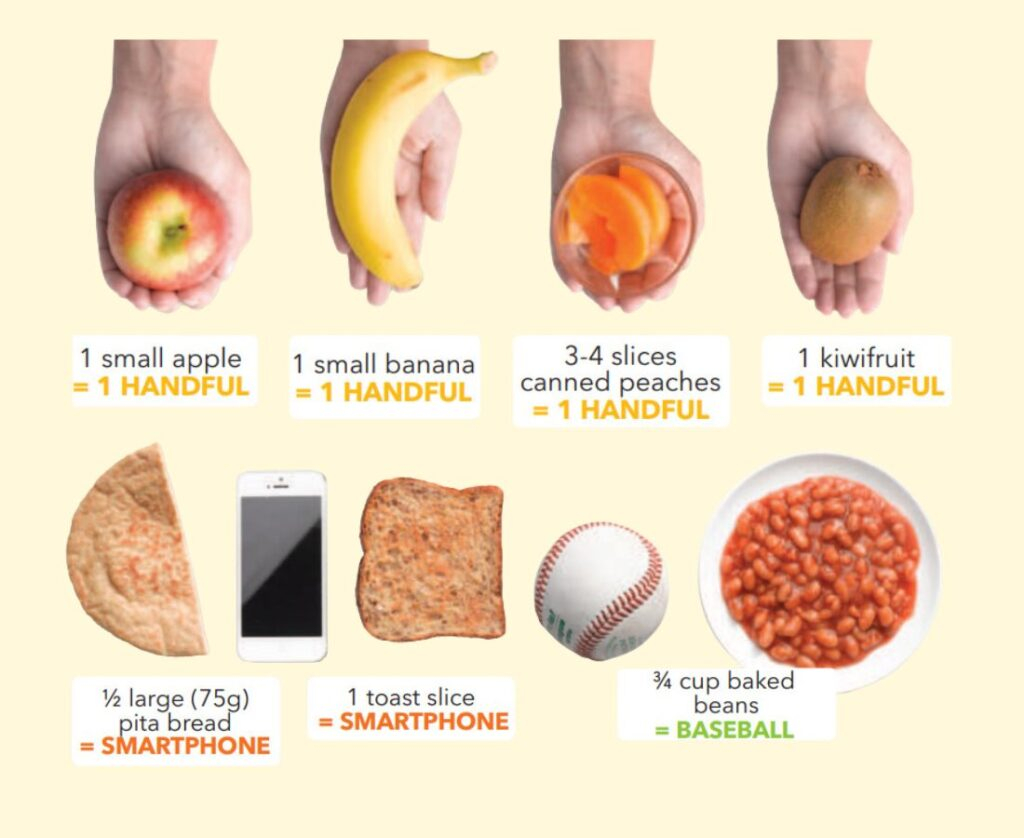
Importance of Serving Sizes for Weight Loss
When it comes to weight loss, serving sizes play a crucial role in determining how much you eat and the number of calories you consume. Understanding the concept of serving sizes is essential for making informed choices about what and how much food you eat. By knowing the correct serving sizes and practicing portion control, you can effectively manage your calorie intake, which is essential for achieving your weight loss goals.
Understanding the Concept of Serving Sizes
Serving sizes refer to the suggested amount of a specific food that is considered appropriate for consumption. These serving sizes are usually standardized and can be found on food labels. They help provide a framework for portion control and ensure that you are consuming the right amount of nutrients without overindulging. Understanding serving sizes is essential because it can prevent mindless eating and help you make healthier choices.
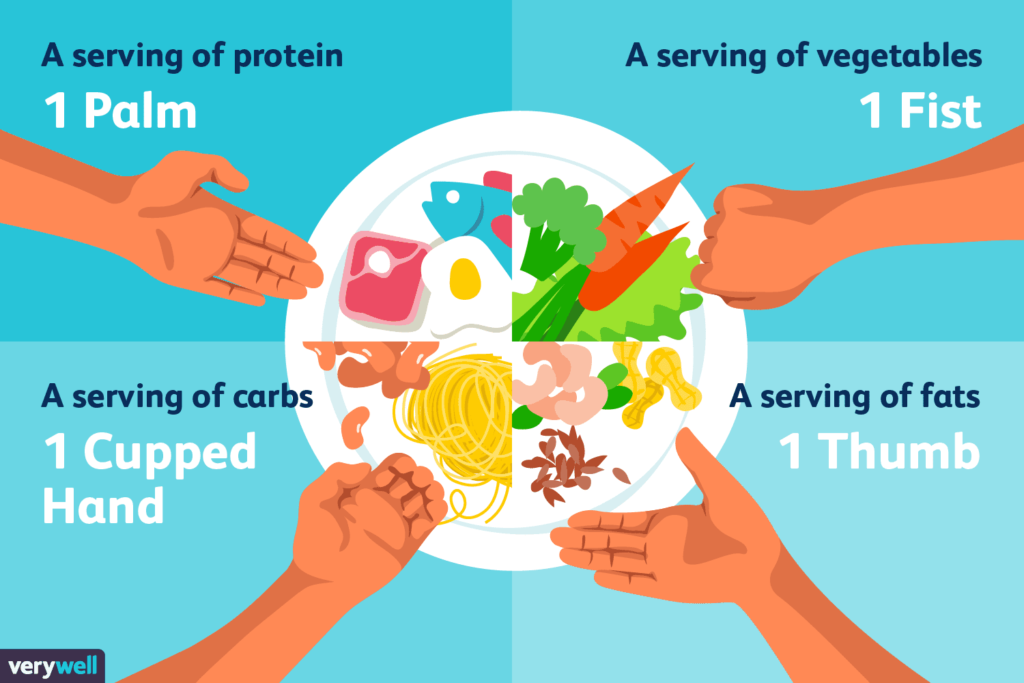
The Role of Serving Sizes in Weight Loss
Serving sizes are an important factor in weight loss because they directly impact the number of calories you consume. By sticking to appropriate serving sizes, you can manage portion control, which is crucial for creating a calorie deficit and promoting weight loss. When you consistently consume more calories than your body needs, it can lead to weight gain. Therefore, paying attention to serving sizes can be a powerful tool in managing your calorie intake and achieving sustainable weight loss.
How Serving Sizes Can Affect Calorie Intake
Serving sizes have a direct impact on your calorie intake. Different foods have different calorie densities, meaning they contain a varying number of calories per gram or ounce. By understanding the recommended serving sizes for various foods, you can accurately estimate the number of calories you are consuming. This knowledge is beneficial because it allows you to make conscious choices about portion control and adjust your overall calorie intake to align with your weight loss goals.
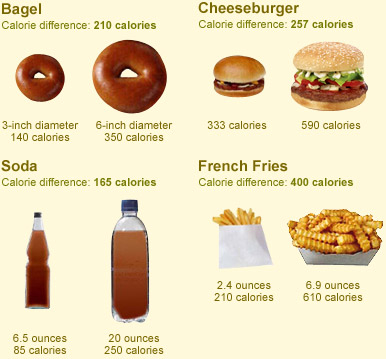
Determining the Correct Serving Sizes
Determining the correct serving sizes can be done using standardized measurements, food labels, weight and volume calculations, and consideration of individual dietary needs and goals.
Using Standardized Measurements
Many food items have standardized measurements for serving sizes. For example, a serving size of vegetables might be one cup, while a serving size of pasta could be half a cup. By familiarizing yourself with these standardized measurements, you can better understand how much of each food you should be consuming.
Reading Food Labels for Serving Size Information
One of the easiest ways to determine serving sizes is by reading the food labels. Food packages typically provide serving size information along with the number of servings per package. These labels can help you understand how much of each food constitutes a single serving and guide your portion control decisions.
Calculating Serving Sizes Based on Weight and Volume
In some cases, you may need to calculate serving sizes based on the weight or volume of the food. This is especially true for fresh produce or ingredients purchased in bulk. By using kitchen scales or measuring cups, you can determine the appropriate serving size based on weight and volume.
Considering Individual Dietary Needs and Goals
It’s important to note that serving sizes may vary depending on individual dietary needs and goals. Factors such as age, gender, activity level, and overall health can impact the recommended serving sizes. Consulting with a nutritionist or dietitian can provide personalized guidance on serving sizes that align with your specific needs and weight loss goals.
Strategies for Effective Portion Control
Effective portion control can help you maintain appropriate serving sizes and manage your calorie intake. Here are some strategies to incorporate into your daily routine:
The 20 Minute Rule: How It Can Aid Weight Loss
The 20 minute rule suggests that it takes approximately 20 minutes for your brain to register fullness after eating. By eating slowly and giving yourself time to feel satisfied, you can avoid overeating and better control your portion sizes. Taking breaks during meals and focusing on enjoying your food can help you adhere to this rule and support your weight loss efforts.
Using Smaller Plates and Bowls
Using smaller plates and bowls can create an optical illusion that makes your portions appear larger. By reducing the physical size of your dishes, you can naturally reduce the amount of food you consume without feeling deprived. This simple trick can be a helpful tool for portion control and maintaining appropriate serving sizes.
Understanding Hunger Cues and Practicing Mindful Eating
Developing a better understanding of your hunger cues and practicing mindful eating can support effective portion control. Paying attention to your body’s signals of hunger and fullness can help you determine appropriate serving sizes and prevent overeating. Eating without distractions, such as watching TV or using electronic devices, can also aid in mindful eating and portion control.
Pre-Portioning Meals and Snacks
Pre-portioning meals and snacks in advance can be a great way to maintain control over your serving sizes. By dividing larger portions into individual servings, you can avoid the temptation to overeat from a larger container. Pre-portioning also allows you to have healthier options readily available, making it easier to make nutritious choices.
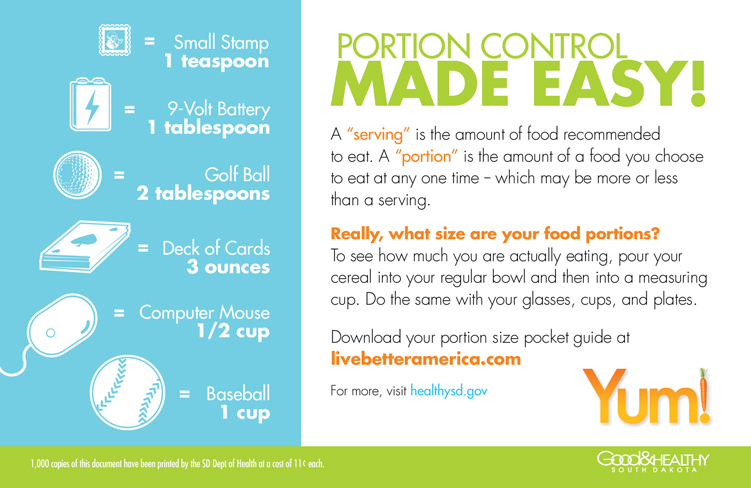
Recommended Serving Sizes for Common Foods
Understanding the recommended serving sizes for common foods is essential for managing your calorie intake. Here are some general guidelines for serving sizes:
Grains and Cereals
A serving of grains and cereals, such as rice, pasta, or bread, is typically around 1/2 to 1 cup or 1 slice.
Protein Sources (Meat, Fish, Poultry, Tofu, etc.)
A serving of protein sources, like meat, fish, poultry, or tofu, is generally around 3 to 4 ounces, or about the size of a deck of cards.
Fruits and Vegetables
Serving sizes for fruits and vegetables can vary depending on the type. Generally, aim for 1 cup of raw leafy greens or 1/2 cup of other fruits or vegetables as a serving.
Dairy Products
For dairy products such as milk, yogurt, or cheese, a serving is typically 1 cup or 1 ounce, depending on the product.
Fats and Oils
A serving of fats and oils, such as butter, olive oil, or mayonnaise, is usually around 1 tablespoon or 1 teaspoon.
Snacks and Desserts
For snacks and desserts, it’s important to be mindful of portion sizes. A serving might be a small handful of nuts, a single cookie, or a scoop of ice cream.
Serving Sizes for Specific Weight Loss Goals
While portion control is important for overall weight loss, there are certain serving sizes that can be particularly beneficial for specific weight loss goals:
Portion Control for Overall Weight Loss
To achieve overall weight loss, it’s important to focus on creating a calorie deficit. This can be achieved by reducing portion sizes and selecting nutrient-dense foods. Be mindful of your overall calorie intake and make adjustments to your serving sizes accordingly.
Optimal Serving Sizes for Reducing Belly Fat
Reducing belly fat often involves managing portion sizes and consuming foods that are high in fiber and low in added sugars. Focus on proper serving sizes of fruits, vegetables, lean proteins, and whole grains to support your belly fat reduction goals.
Using Serving Sizes to Manage Calorie Intake
Serving sizes can be a useful tool in managing calorie intake. By understanding the calorie content of different foods and adhering to appropriate serving sizes, you can control your calorie intake and promote weight loss.
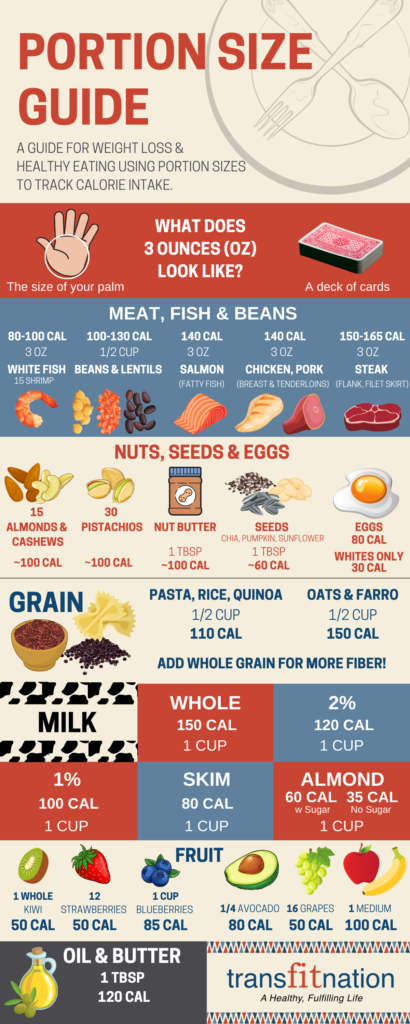
Challenges and Pitfalls of Serving Sizes
While serving sizes are valuable for weight management, there can be challenges and pitfalls to navigate. It’s important to be aware of these factors and develop strategies to overcome them:
Underestimating Portion Sizes
One common challenge is underestimating portion sizes. Portions served in restaurants or even at home can often be larger than what is considered a standard serving size. Being mindful of portion sizes and using measuring tools when needed can help combat this challenge.
Misleading Packaging and Marketing Tactics
Misleading packaging and marketing tactics can also make it challenging to accurately gauge serving sizes. Some packages may contain multiple servings, but the label might suggest that the entire package is a single serving. Paying attention to the serving size information on food labels can help you make informed decisions.
Social and Environmental Influences on Serving Sizes
Social and environmental factors can also influence serving sizes. For instance, when dining out with friends, the tendency to mirror their eating habits can lead to larger portion sizes. Being mindful of these influences and prioritizing your own health goals can help you make healthier choices.
Overcoming Psychological Barriers to Portion Control
Psychological barriers, such as emotional eating or using food as a reward, can hinder portion control efforts. Developing coping strategies for managing emotions without turning to food and finding alternative ways to reward yourself can support effective portion control.
Tips for Practicing Portion Control
Here are some tips to help you practice portion control effectively:
Planning Meals Ahead of Time
By planning your meals ahead of time, you can avoid impulse eating and ensure that you have appropriate serving sizes. Meal planning also helps you make healthier choices and control your calorie intake.
Learning to Estimate Portion Sizes Visually
With practice, you can learn to estimate portion sizes without relying on measuring tools. For example, a serving of protein should be about the size of your palm, while a serving of grains should fit into a cupped hand. Visual cues can be a convenient way to monitor portion sizes on the go.
Seeking Support from a Nutritionist or Dietitian
If you’re struggling with portion control, seeking support from a nutritionist or dietitian can be helpful. They can provide personalized guidance, create meal plans that fit your serving size needs, and offer support throughout your weight loss journey.
Strategies for Dining Out and Social Occasions
Dining out and social occasions can present challenges when it comes to portion control. To navigate these situations, consider sharing a meal with a friend, ordering smaller portions, or asking for a take-home container to pack away any excess food. Being mindful of portion sizes and making conscious choices can help you stay on track with your weight loss goals.
Adapting Serving Sizes for Different Lifestyles
Serving sizes may need to be adapted based on different lifestyles and individual needs. Here are some considerations:
Serving Sizes for Athletes and Active Individuals
Athletes and those with active lifestyles may require larger serving sizes to meet their higher energy needs. It’s important to listen to your body and adjust serving sizes accordingly to support your physical activity levels.
Portion Control for Sedentary Lifestyles
Sedentary lifestyles may require smaller serving sizes to prevent excessive calorie intake. Adjusting portion sizes to align with your activity level can help you maintain a healthy weight and support overall wellness.
Adjusting Serving Sizes for Different Age Groups
Serving sizes can vary based on age. Children may require smaller serving sizes, while older adults might need adjustments to the texture or consistency of certain foods. It’s important to consider individual needs and consult with a healthcare professional if necessary.
Considerations for Special Dietary Needs
For individuals with special dietary needs, such as vegetarians, vegans, or those with gluten-free diets, serving sizes may need to be adjusted to meet specific nutritional requirements. Working with a dietitian or nutritionist who specializes in these dietary needs can provide guidance on appropriate serving sizes within those contexts.
The Role of Serving Sizes in Sustainable Weight Management
Serving sizes play a crucial role in sustainable weight management. Here’s why:
Long-Term Strategies for Maintaining Healthy Portion Sizes
By practicing portion control and maintaining appropriate serving sizes, you can develop sustainable habits for long-term weight management. Consistency in portion control is crucial to prevent weight regain and support a healthy lifestyle.
Creating Balanced and Satisfying Meals Within Appropriate Serving Sizes
Balanced meals that include a variety of food groups can be created by paying attention to serving sizes. By incorporating appropriate serving sizes of proteins, grains, fruits, vegetables, and fats, you can enjoy nutritious and satisfying meals while managing your calorie intake.
Understanding the Connection Between Serving Sizes and Overall Diet
Serving sizes are an integral part of understanding your overall diet and its impact on your weight. By focusing on appropriate serving sizes, you can better evaluate your nutrient intake and make necessary adjustments to support your weight loss or weight maintenance goals.
The Importance of Portion Control in Preventing Weight Regain
Portion control is a key factor in preventing weight regain after weight loss. By maintaining appropriate serving sizes and practicing portion control consistently, you can avoid the habits that may have contributed to weight gain in the first place.
Conclusion
Serving sizes are an essential component of effective weight loss and maintenance. By understanding the importance of serving sizes, determining the correct portion sizes, and implementing strategies for portion control, you can achieve your weight loss goals and maintain a healthier lifestyle. Remember, it’s not just about what you eat but also how much you eat that matters when it comes to weight management. So, pay attention to serving sizes, listen to your body, and make conscious choices to support your overall well-being.

